I've created a small app that has three fragments for top-level navigation through a BottomNavigationView. If you launch the app and click on a navigation button on the bottom nav, you are presented with an up button in the action bar. Here is the code for the activity:
class MainActivity : AppCompatActivity() {
override fun onCreate(savedInstanceState: Bundle?) {
super.onCreate(savedInstanceState)
setContentView(R.layout.main_activity)
setSupportActionBar(toolbar)
val navController = navHostFragment.findNavController()
setupActionBarWithNavController(this, navController)
setupWithNavController(bottomNav, navController)
}
override fun onSupportNavigateUp(): Boolean
= findNavController(navHostFragment).navigateUp()
}
Here is a screenshot of the result. The app is launched on the home screen and all I've done is simply click the profile button from the BottomNavigationView.
I've tried listening to the BottomNavigationView's item selections and navigating manually using different NavOptions to no avail. Is there anything we can do to avoid showing an up button in the action bar while the user is navigating with a BottomNavigationView?

